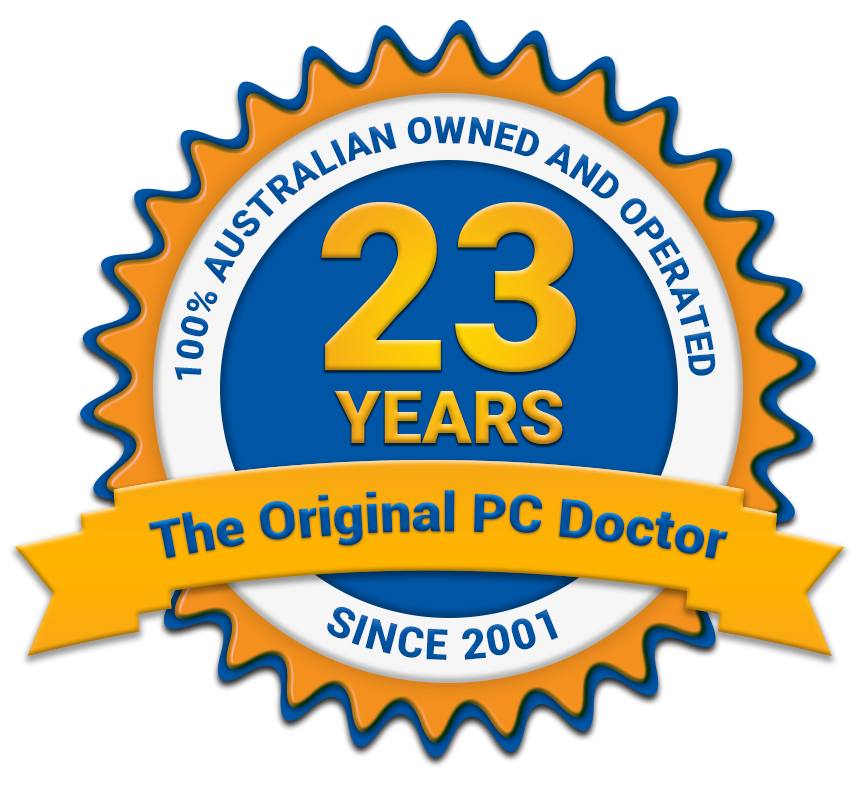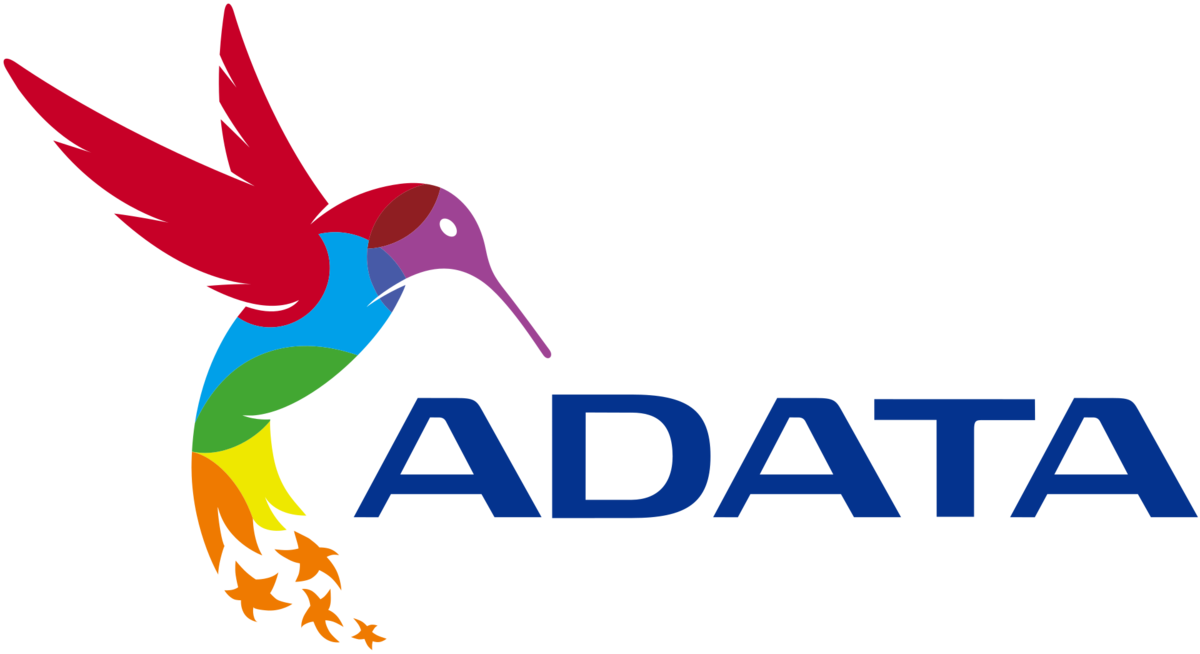Imagine your computer is like a big office building. The operating system (OS) is like the building manager. It’s responsible for keeping everything running smoothly and efficiently. Here’s what the OS does:
1. Manages resources: The OS is like the building manager who assigns desks, meeting rooms, and other resources to different employees (programs) working in the office (computer). It makes sure each program gets what it needs to function properly, without conflicts.
2. Communicates with hardware: The OS acts as the translator between the programs and the physical parts of the computer like the keyboard, mouse, and printer. It tells the hardware what the programs need and translates the hardware’s responses back to the programs in a way they understand.
3. Provides a user interface: The OS is like the building’s reception area and hallways. It provides a user interface (UI) like the desktop, menus, and windows that allow you to interact with the computer and give instructions to the programs.
4. Handles security: The OS is like the building’s security guard. It controls access to the computer’s resources and protects it from unauthorized use or harmful software.
5. Manages files and storage: The OS is like the office filing system. It keeps track of all your files and folders, storing them on the hard drive and making them accessible to the programs that need them.
In simpler terms, the operating system is the essential software that makes your computer work. It’s the foundation for everything you do on your computer, from using programs to browsing the internet.
Here are some common examples of operating systems:
- Windows: Most commonly used on personal computers.
- macOS: Used on Apple computers.
- Android: Used on smartphones and tablets.
- iOS: Used on iPhones and iPads.
- Linux: Used on various devices, from personal computers to servers.
I hope this explanation helps you understand what an operating system is in easy terms.To determine the operating system (OS) of your computer, you can follow these steps:
For Windows:
- Right-click on the “Start” button (usually located at the bottom left corner of the screen).
- Select “System” or “System Information” from the context menu.
- Look for the “Operating System” or “OS” section, where you’ll find information about the version and edition of Windows installed on your computer.
Alternatively, you can also press the “Windows key + Pause/Break” on your keyboard to directly open the System window.
For macOS:
- Click on the Apple menu () in the top-left corner of the screen.
- Select “About This Mac” from the dropdown menu.
- A window will pop up displaying information about your Mac, including the version of macOS installed.
For Linux:
The steps may vary slightly depending on the Linux distribution you’re using. However, you can typically find the OS information by:
- Opening a terminal window.
- Typing the following command and pressing Enter:
bash
cat /etc/os-release
- This command will display detailed information about your Linux distribution, including the name and version of the OS.
These methods should help you identify the operating system running on your computer, whether it’s Windows, macOS, Linux, or another OS.
Need help with your technology? Call 1300-723-628 today for a free, no-obligation quote from your trusted local PC doctor computer repair technician.





















































































